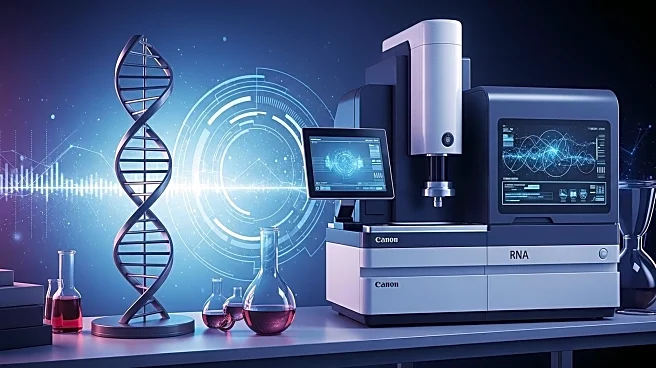What is the story about?
What's Happening?
Researchers have developed a new sequencing technique called NAP-seq, which allows for the identification of full-length noncapped RNAs (napRNAs) with single-nucleotide resolution. This method addresses the challenges posed by the heterogeneous lengths and complex structures of napRNAs. The technique involves several steps, including RNA termini standardization, size-selection, and the use of custom-designed adapters. NAP-seq combines the advantages of both long-read and short-read sequencing technologies, enabling comprehensive analysis of napRNAs across various cell types.
Why It's Important?
The development of NAP-seq represents a significant advancement in RNA research, providing a powerful tool for studying noncoding RNAs and their roles in biological processes. This technique could lead to the discovery of new classes of regulatory RNAs and enhance our understanding of RNA biogenesis. The ability to sequence full-length napRNAs with high accuracy could have implications for research in genetics, molecular biology, and disease modeling.
AI Generated Content
Do you find this article useful?














